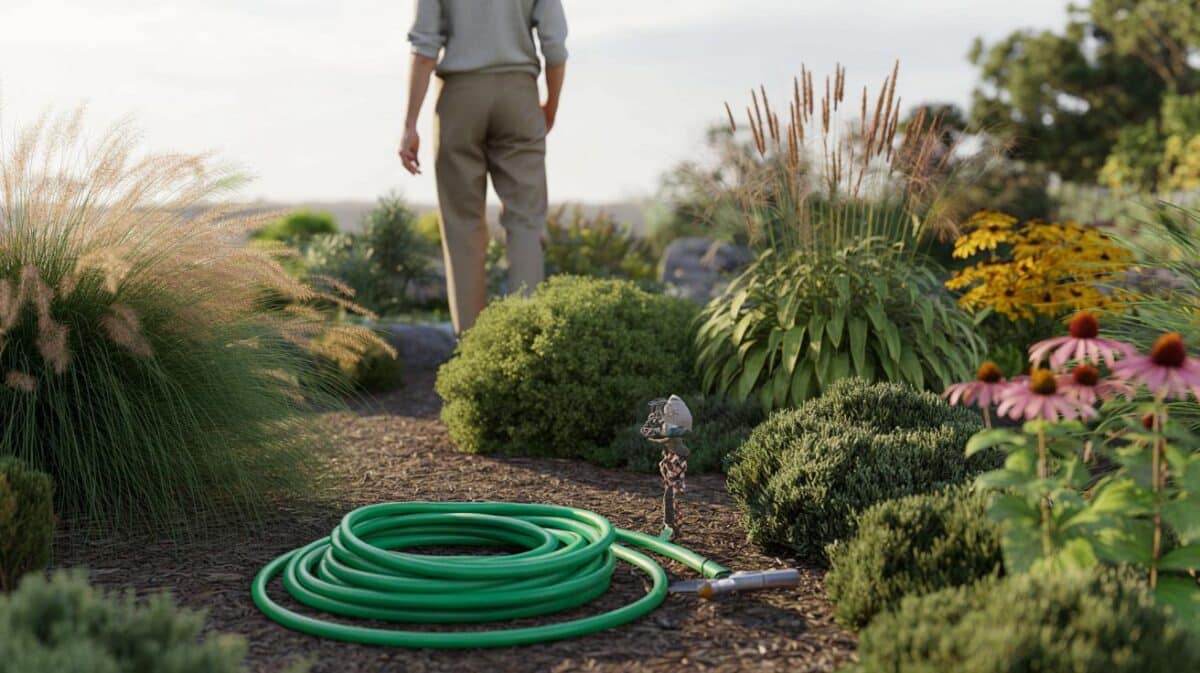Many readers say it feels harmless—until it doesn’t.
Across the country, owners are finding chewed ribbons, half‑nibbled packaging and missing food scraps. A comic scene at first glance, yet it often signals stress, boredom or a brewing medical risk that can turn urgent with little warning.
What sits behind the gulping and gnawing
Most cats bat, lick and mouth curious objects because they’re inquisitive. They test textures, then move on. The line gets crossed when the behaviour repeats, escalates or ends with vet visits and digestive dramas. That’s when the word pica enters the picture: recurrent eating of non‑food items that can injure, obstruct or poison.
Pica means repeated ingestion of non‑food items—fabric, hair, string, plastic or soil—and it carries a real obstruction risk.
Why it happens
Three drivers come up again and again in clinics: stress, anxiety and plain boredom. A move, a new baby, the clocks changing, fewer daylight hours, or long alone time can nudge a cat into compulsive foraging. Under‑stimulated hunters improvise. They raid bins, chew cables, or swallow “treasures” because the environment isn’t meeting their daily need to stalk, chase and solve problems.
When it turns risky
Linear objects—thread, tinsel, string, dental floss—are the most dangerous. They can snag under the tongue, bunch the intestines and cause perforations. Small hard pieces like earring backs and plastic bits can lodge at narrow points. Even food stolen at speed can trigger choking or gastric upset in greedy eaters.
Seven red flags you should not ignore
- Repeated vomiting or dry heaving within hours of suspected ingestion
- Sudden lethargy, hiding or unusual clinginess
- Pain when the belly is touched, tense posture, hunched sitting
- No poo for 24–48 hours, or straining in the litter tray
- Drooling, pawing at the mouth, bad breath or blood on the gums
- Loss of appetite, refusing favourite foods or water
- String seen in the mouth or anus (do not pull), or a missing item you can’t find
If you see thread, tinsel or ribbon protruding, do not yank it. Keep the cat calm and ring your vet immediately.
Five fixes that work in the real world
1. Upgrade play into a daily programme
Run two 10–15 minute sessions with a wand toy each day—fast, erratic chases followed by a “catch”. End with a small snack to complete the hunt sequence. Track sessions on a simple calendar; aim for 12–14 sessions per week.
2. Make food a job, not a bowl
Use 2–3 puzzle feeders for dry food and split meals. Rotate them every 48 hours to keep novelty high. For wet food, smear a portion thinly on a lick mat to slow intake and reduce scavenging later.
3. Rearrange the room for natural patrols
Place a tall cat tree or shelves by a window. Add a cardboard tunnel and a paper bag “ambush” zone. Move one item every 7–10 days to refresh the territory without causing upheaval.
4. Lock down temptations
Close laundry baskets, use lidded bins, and store hair ties, elastic bands and craft supplies in drawers. Keep cables in trunking. Assign a five‑minute “sweep” at the end of the day to clear hotspots—sofa gaps, under beds, behind appliances.
5. Check the basics: diet, routine and calm
Feed on a predictable timetable, with a protein‑forward food that keeps your cat satisfied. Add a small portion of fibre‑rich wet food to raise water intake. Trial a feline pheromone diffuser for 4–6 weeks during busy periods. If anxiety persists, speak to your vet about behaviour support.
Household items: risk at a glance
| Item | Risk level | What to do |
|---|---|---|
| String, thread, tinsel, floss | High | Lock away, never leave unattended, seek vet care if ingested |
| Elastic bands, hair ties | Medium–high | Store in sealed pots; offer safe chew toys as alternatives |
| Soft plastic, packaging | Medium | Flatten and bin immediately; keep bins closed |
| Plant leaves, flowers | Variable | Remove toxic species; swap for cat grass |
| Needles, earring backs | High | Use a magnetic dish; count items in and out |
Five minutes of prevention each evening saves hours of stress later—focus on floor edges, sofa corners and worktops.
What to expect at the vet if trouble strikes
Phone first and describe exactly what might have been swallowed and when. Bring the packaging or a similar item if you can. The vet will check hydration, gums, pain and gut sounds. X‑rays or ultrasound often follow to map the object. Endoscopy can retrieve items in the stomach. Further down, surgery may be needed if an obstruction forms.
Avoid home remedies. Do not induce vomiting, do not give oils or laxatives and do not “wait it out” if red flags are present. Time matters with linear objects; early intervention can prevent perforation. Keep your cat warm and quiet while you travel.
Costs vary. Imaging, day care and endoscopy can run into several hundred pounds. Surgery, hospitalisation and medication can reach four figures. Pet insurance helps; check your policy’s annual limit and excess so you’re not guessing under pressure.
A simple seven‑day reset plan
- Day 1: Bin sweep and cable tidy; remove every string, tie and ribbon in sight.
- Day 2: Two play sessions; add one puzzle feeder for half of the dry ration.
- Day 3: Install a window perch; move one sofa to expose hunting lanes.
- Day 4: Rotate toys; hide three toys in easy spots to spark searching.
- Day 5: Lick mat dinner; log litter tray output and any vomiting.
- Day 6: Five‑minute evening sweep; check under beds and behind the fridge.
- Day 7: Review: fewer raids? Adjust play length or feeding puzzles accordingly.
When is it pica and not play?
Pica looks repetitive, targeted and hard to interrupt. The cat steals the same categories of objects, often fabric or string, even after scolding or distractions. You might see frantic searching of worktops and bins. Kittens teething will chew, but they usually grow out of it as adult teeth settle at 6–7 months. Adult onset, escalation and distress point to a behavioural or medical driver that needs a plan.
Extra pointers owners wish they’d heard sooner
Teach a “drop” cue using a swap—trade low‑value objects for a high‑value treat and praise the moment the mouth opens. Keep a log of triggers for two weeks: visitors, delivery days, loud appliances, schedule changes. Patterns guide fixes far better than guesswork. For multi‑cat homes, feed separately and add extra litter trays to cut tension—one per cat plus one spare is a helpful rule.
Consider safe outlets for chewing: rubber chew toys made for cats, freeze‑dried meat strips that require tearing, or a small pot of cat grass to redirect plant nibbling. Bitter anti‑chew sprays can help on cables, but always pair them with enrichment or you’ll shift the problem elsewhere. If anxiety sits at the core, your vet may suggest short‑term medication alongside behaviour work to break the cycle.
Curiosity is healthy; compulsion is not. Structure the day, remove hazards and act fast on warning signs.








